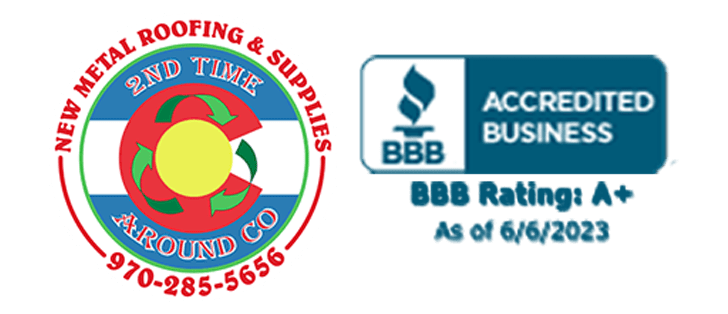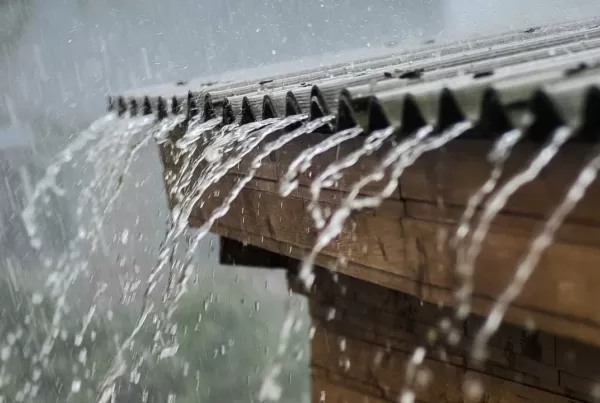Are you tired of dealing with leaky roofs and constant repairs? It’s time to consider upgrading to a metal roof! Not only does it provide durability and protection, but it can also give your home a sleek and modern look. And the best part? You can install it yourself! In this guide, we’ll take you step-by-step through the process of how to install metal roofing over plywood. Whether you’re a seasoned DIYer or a first-time installer, we’ve got you covered. So grab your tools and let’s get started on this exciting home improvement project!
Also Read: How to install metal roofing over shingles
Steps to Install a metal roof over plywood
Installing a metal roof over plywood is a great way to improve the durability and protection of your home. Follow these steps to install your own metal roof over plywood.
Materials:
- Metal roofing panels
- Ridge cap
- Foam closure strips
- Wood screws
- Roofing screws
- Roofing nails
- Drill
- Circular saw
- Measuring tape
- Chalk line
- Roofing felt
Step 1: Prepare the Roof
Remove the old roofing material and inspect the plywood for any damages. Replace any damaged areas and ensure the plywood is securely attached to the roof frame. Cover the plywood with roofing felt, starting from the bottom edge of the roof and working upwards. Overlap each strip of felt by at least 6 inches.
Step 2: Measure and Cut the Metal Panels
Measure the length of the roof and cut the metal panels accordingly, leaving an extra 2 inches on each side. Use a circular saw to cut the panels to size. Place the panels on the roof to ensure a proper fit.
Step 3: Install the Foam Closure Strips
Place foam closure strips along the eaves of the roof, making sure they fit snugly. These strips will help prevent wind and rain from entering the roof.
Step 4: Install the Metal Panels
Starting at one end of the roof, align the first metal panel with the edge of the roof and attach it to the plywood with wood screws. Continue attaching the panels along the length of the roof, leaving a 1/4-inch gap between each panel. Use roofing screws to secure the panels to the plywood.
Step 5: Install the Ridge Cap
Measure the length of the roof ridge and cut the ridge cap accordingly. Attach the ridge cap to the roof using roofing screws, making sure it is centered along the ridge.
Step 6: Seal the Roof
Using roofing nails, seal the metal panels to the roof with foam closure strips. Apply silicone sealant to the roof seams and around any protrusions, such as chimneys or vents.
Installing a metal roof over plywood can have both advantages and disadvantages. Let’s take a closer look at what you can expect.
Advantages:
Durability:
If you’re looking for a roofing material that can stand up to harsh weather conditions and last for decades, a metal roof is a great option. They’re designed to be tough and long-lasting, which means fewer repairs and less maintenance in the long run.
Low maintenance:
Speaking of maintenance, one of the biggest advantages of a metal roof is that it requires very little upkeep. Unlike other roofing materials that may need frequent repairs or replacements, a metal roof can go on for years without any significant issues.
Energy efficiency:
Metal roofs are highly reflective, which means they can help keep your home cooler in the summer and warmer in the winter. This can translate into lower energy bills and a more comfortable living space.
Aesthetics:
Metal roofs come in a wide range of colors and styles, which means you can choose a look that complements your home’s existing design. Whether you prefer a classic look or a more modern one, there’s a metal roof out there that’s perfect for you.
Disadvantages:
Cost:
There’s no getting around it – metal roofs can be more expensive than other types of roofing materials. However, it’s important to remember that you’re making an investment in your home that will pay off in the long run.
Noise:
Some people find that metal roofs can be noisy during rain or hailstorms. However, there are ways to mitigate this issue, such as adding insulation or soundproofing materials.
Expansion and contraction:
Metal roofs can expand and contract with changes in temperature, which means they may be more prone to leaks and other issues if not installed properly.
Conclusion
Installing a metal roof over plywood can be a smart choice for homeowners who want a durable, low-maintenance, and energy-efficient roofing option. As with any home improvement project, it’s important to weigh the pros and cons carefully and choose the option that’s right for you.




